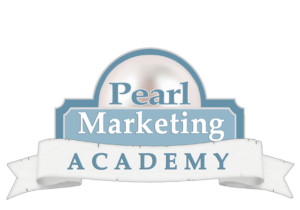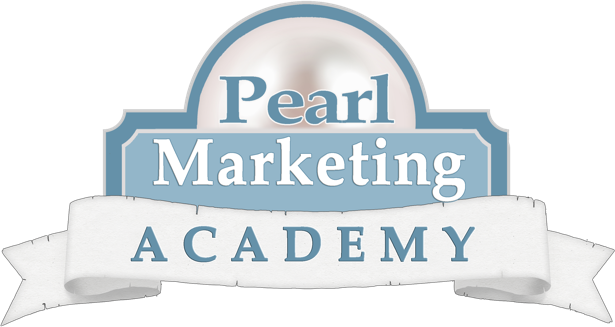Strategizing your marketing campaigns are an important factor to maximize your business. Parts of planning a marketing campaign are to draft your message, know what media channels you will be using to pitch your message, and measuring the outcomes. Another very important aspect to keep in mind is knowing your target audience and what will speak to them. How does your product relate to the baby-boomer generation? Do you think your service will grab the attention to millennials? You should as these types of questions when you are about to pitch your brand.
This blog will discuss how to identify and target your audience, dissect each generation, and how to determine which generation will react the most to your organization.
The Types of Generations in Marketing

Generational differences are commonly identified in marketing and PR to accurately pitch messages to the right audience.
Today, there are four generations that may be found in today’s workplace.
- Traditionalists – They honor hard work, respect leaders, and maintain loyalty to institutions. They also prefer to save money and defer gratification and rewards until retirement.
- Baby Boomers – They are known for their political skills and know how to read their bosses. They have taken to heart a message from their parents and from various cultural icons of the 1906’s: Make the world a better place.
- Generation Xers – They learn to be independent and resourceful. They also tend not to trust companies or the individuals who manage them.
- Millenials – They are considered the “techno-savvy” workforce. They know how to use computers and they arrive at the workplace fully expecting to have input in all decisions.
Building a Demographic

Knowing your audience is a key factor to pitching to the right generation. One important element is to create and identify a demographic towards your product or service.
Here are the tools to build a demographic:
- Age – Which generation do you think your brand will fit in?
- Gender – Can both genders relate to your business?
- Salary – Household income, how much does your demographic make?
- Location – Are your audiences in urban, suburban, or rural areas?
Building a Psychographic

Another factor to consider is psychographics. These are mostly related to demographics, but describe the demographic based on behavior, buyer habits, hobbies, and more.
Here is an example of a demographic and psychographic together for a restaurant.
Demographic –
- Age 18-35
- Male & Female
- Single
- Household income – 30K-40K
Psychographic –
- Loves to eat healthy and organic foods
- Can only budget a certain amount of money
- Concerned with health and appearance
- Loves to go to the gym
- Find fulfillment in their careers
- Values time with close friends
How to Deliver your Message to Multiple Generations

Today’s marketing has changed the way we craft and deliver our content to our intended audiences. When creating messages, companies must consider how to deliver to different generations. Some generations are internet-savvy, while others may not use the internet at all.
Here are some tips to consider when constructing a message to multiple generations:
- Research Communication Styles – Take the time to understand the needs and communication styles of the generations that you work with. Millenials may prefer texting over email, while Baby-boomers may want face-to-face conversations. Researching what your audience wants and how they want their messages delivered will reach them easily.
- Ask/Survey – There is no harm to ask your audience of how they want you to communicate with them. Create surveys and ask how your fan-base receives your messages and how they would like to receive your content. Some may like it by email, text, social media, phone, or by mail. Once you have your information, you can determine how to reach your audience.
- Be Flexible with Various Messaging – When you craft your message, you may have to communicate the same message it in different ways. For example, if you want to let your customer base know about a sale, you may send out a text alert to your customers that have signed up for that list, include it in your email newsletter, record a short video about it that you post to YouTube, Instagram, and Facebook, and write a personal note to your best customers that you send through the mail. In this way, you can be sure that everyone, regardless of generation, gets the message.
To learn more about effectively targeting your audience for marketing campaign success, stay tuned for our Branding Your Business for Success Course coming soon. Start out by taking our Social Media for Marketers and Entrepreneurs Course! Pearl Marketing Academy is empowering business professionals like you to take control of your marketing strategy and it starts at pearlmarketingacademy.com!




